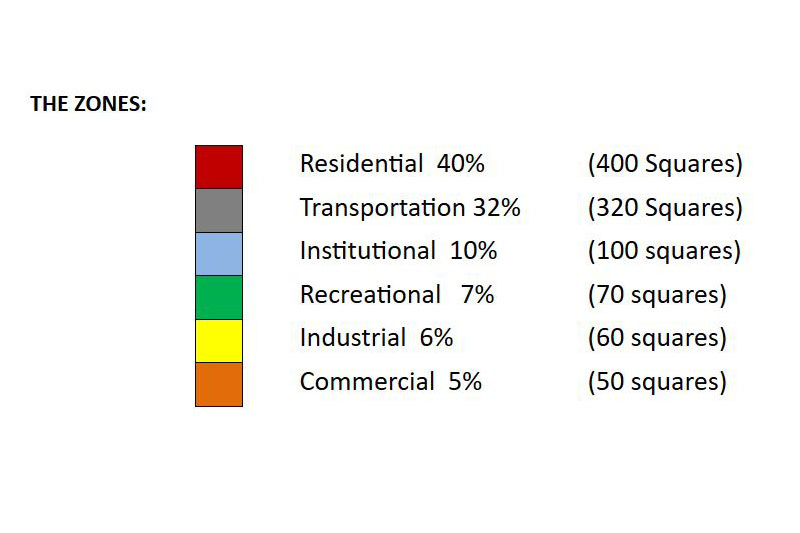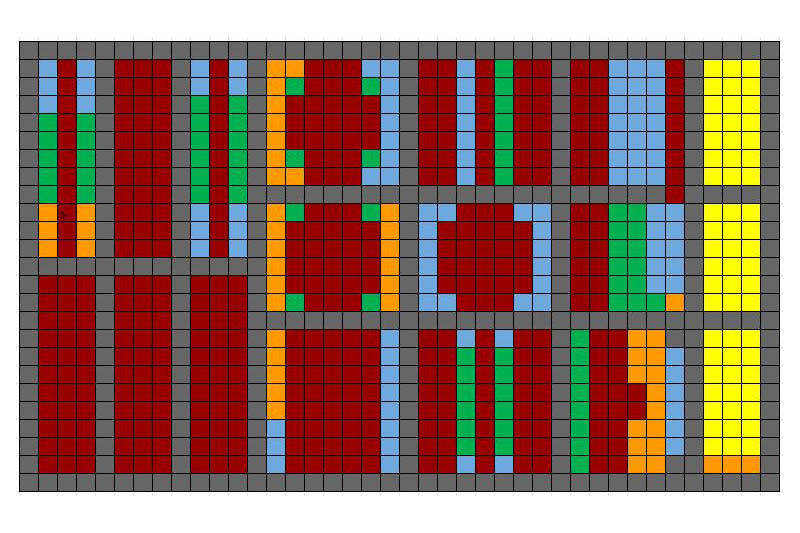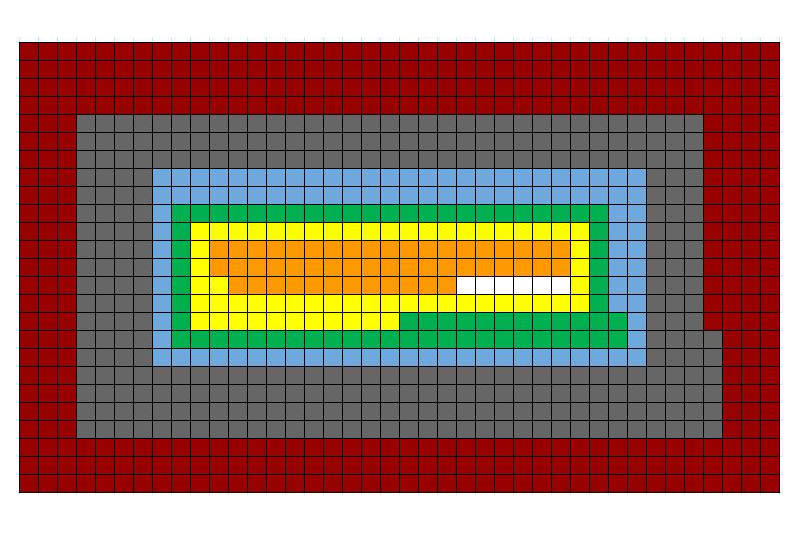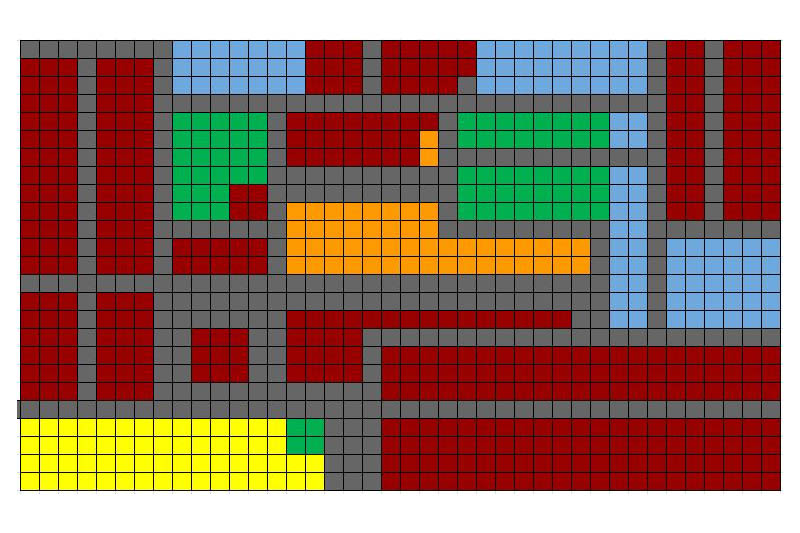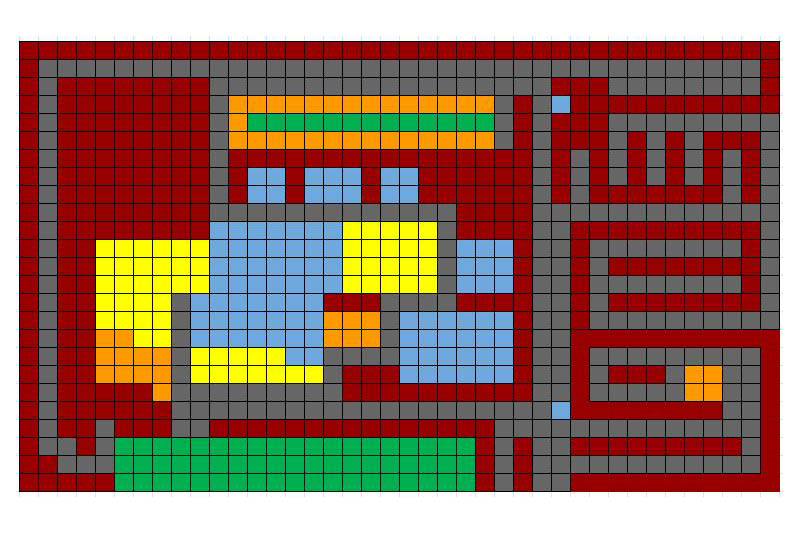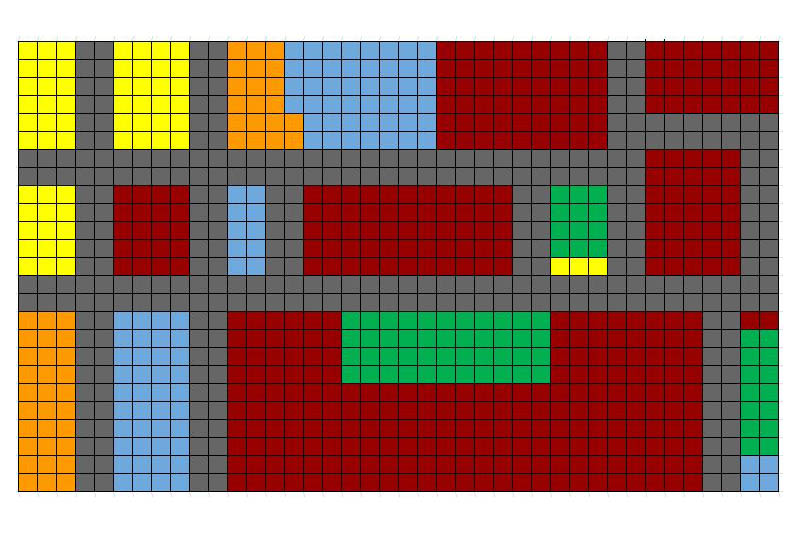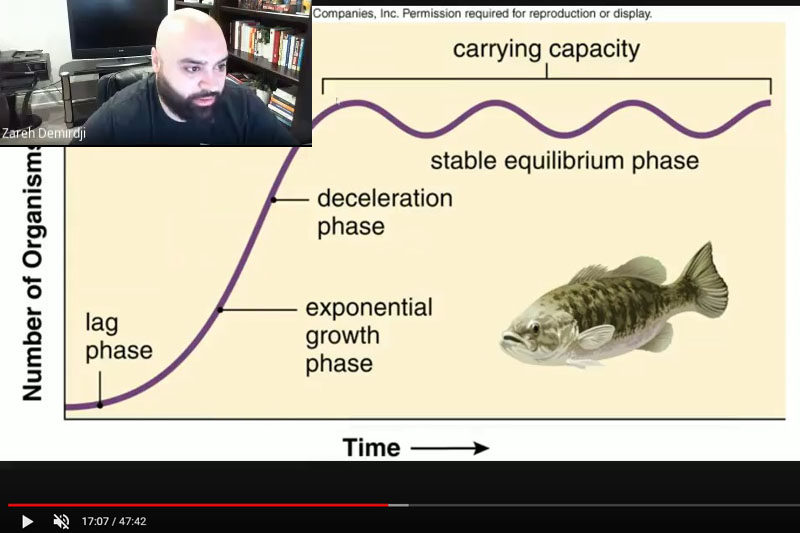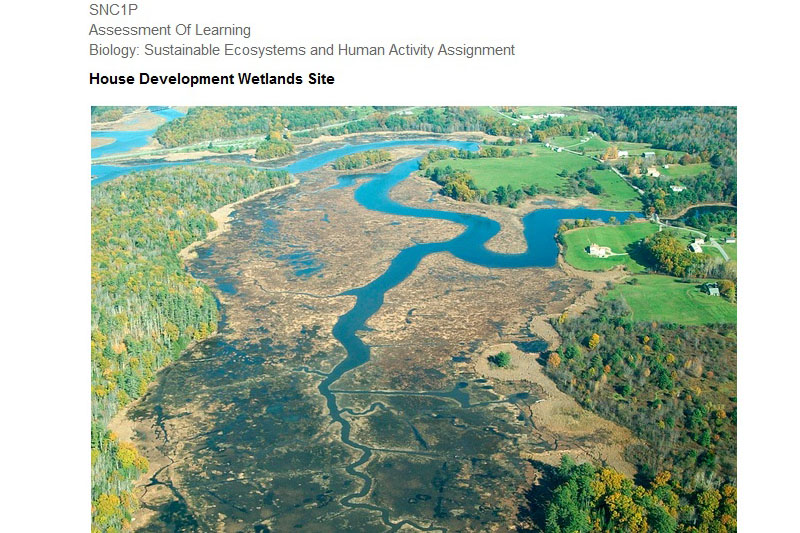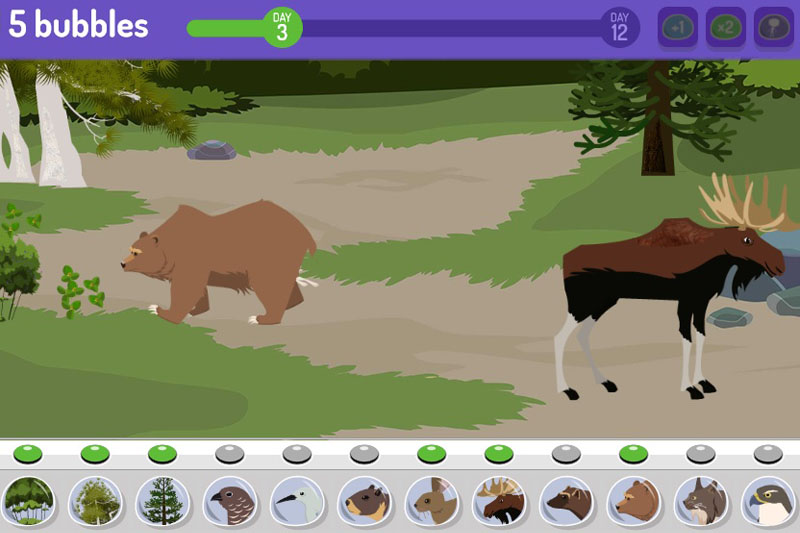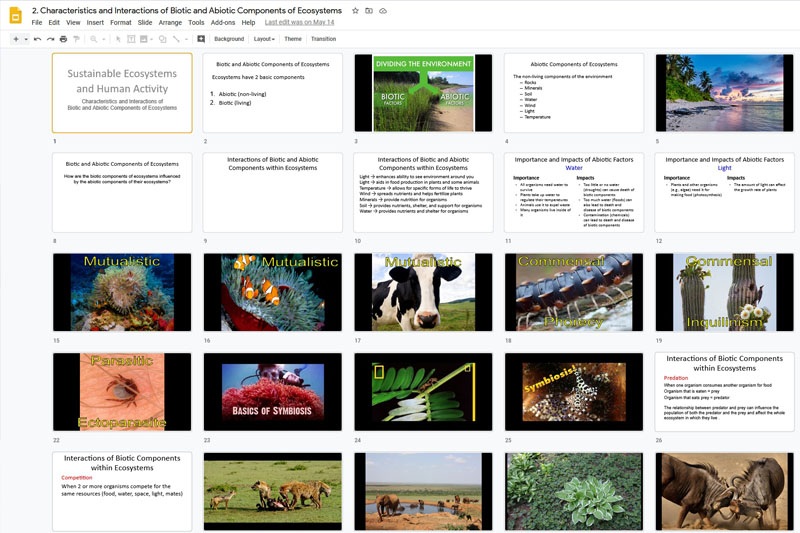The up sides of working for pay are fairly self evident. The most obvious up side is that you get to make money to pay for your basic needs. Of course, we all use the money we make to buy things that we want. I mean, as the saying goes, “you gotta live a little.” If you are extremely lucky, another upside to working for pay is doing something you love, and experiencing fulfillment and meaning while doing it. But there are, of course, several downsides to working for pay. It can stress you out from time to time (hopefully a seldom occurrence), you can get injured on the job, and it takes away from your time to partake in the slue of other various personal endeavours.
As they began their last class looking at the topic of employment, the aforementioned is what the grade twelve Personal Life Management class focused on. They first worked on a simulation activity that took them on a journey of being a new mechanic. Along the way they were presented with various work and life experiences and had to reflect on each one. They shared their reflections with one another as they discovered that working has both advantages and disadvantages. This led them into another self reflection on all the things they do for fun and relaxation. The class then discussed different ways to maintain a healthy work-life balance.











